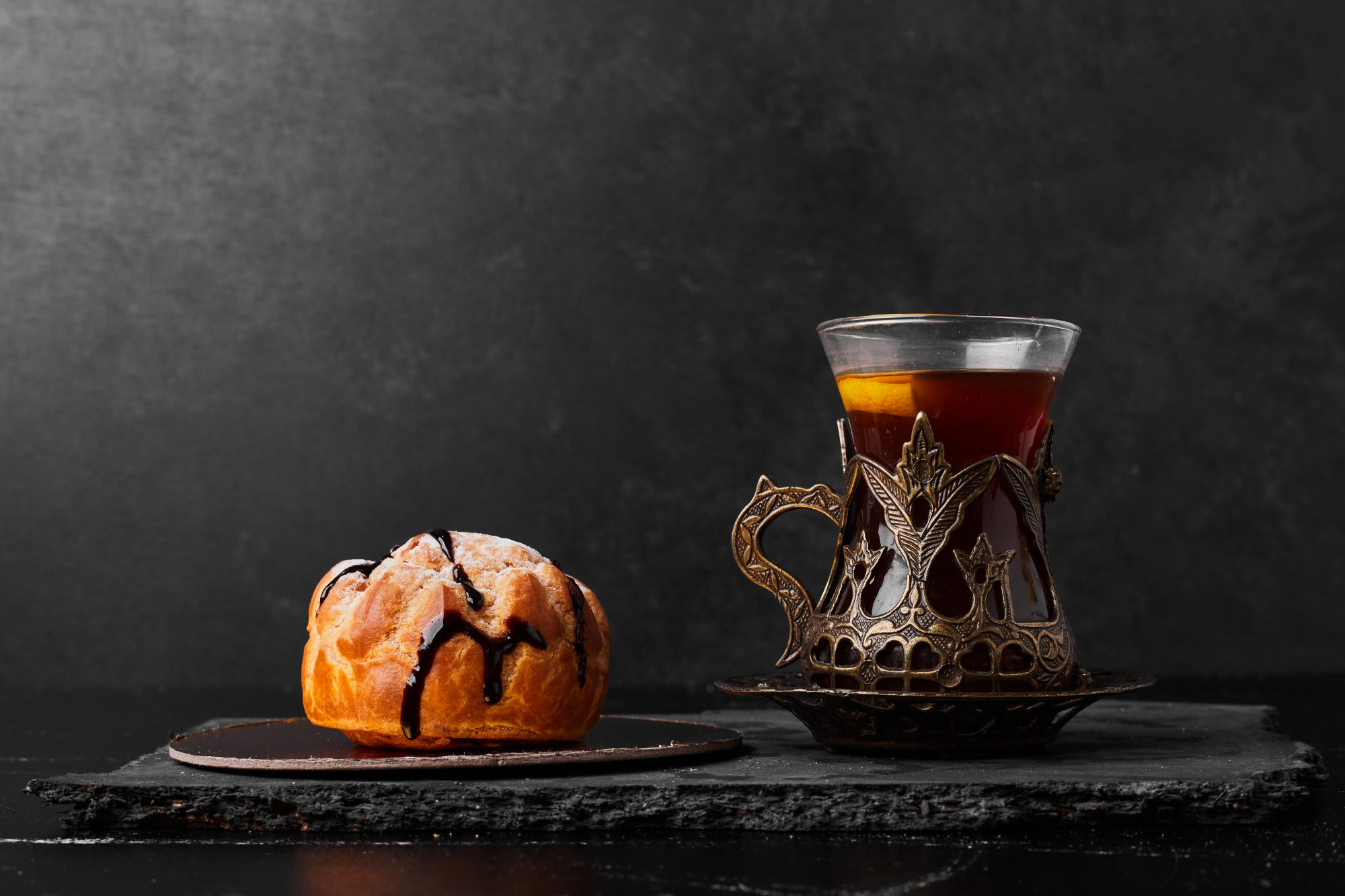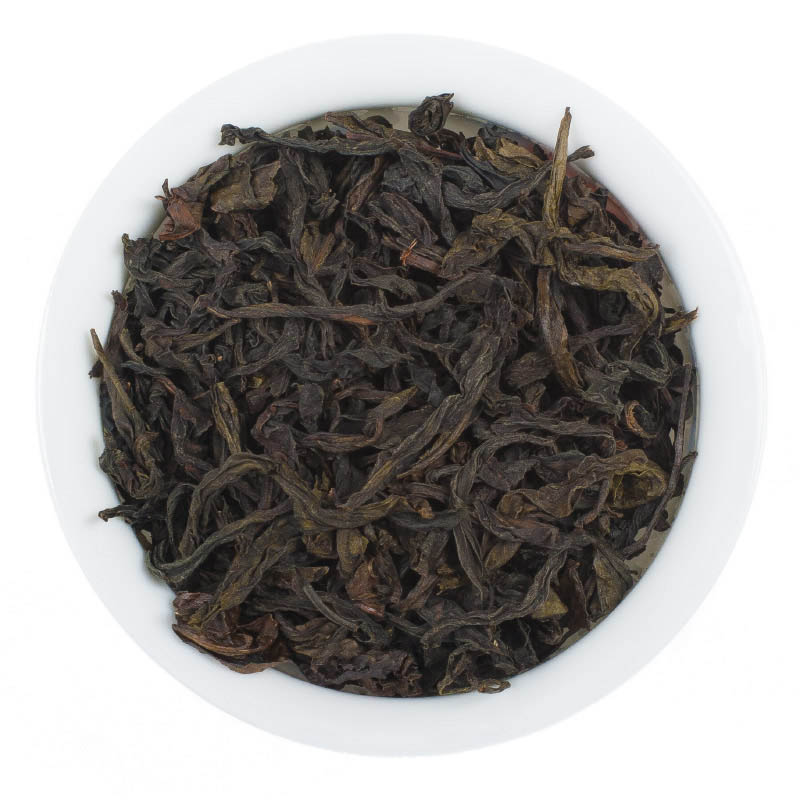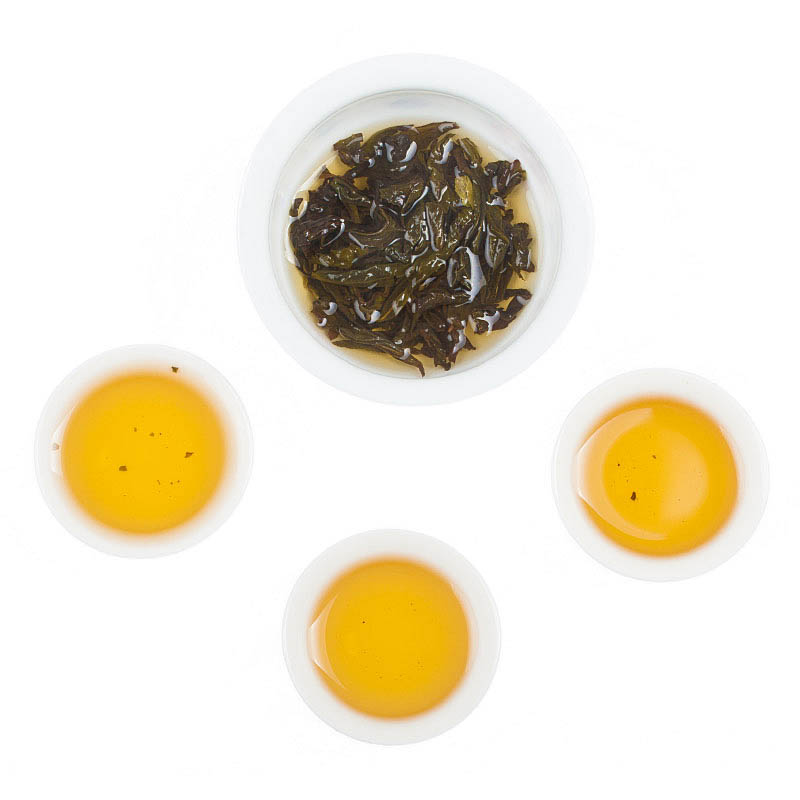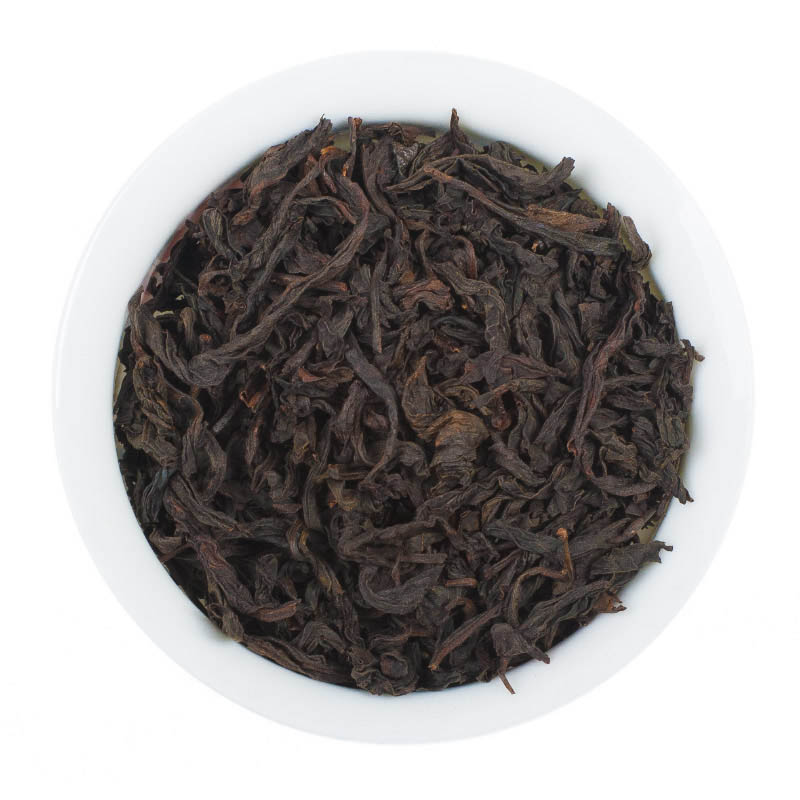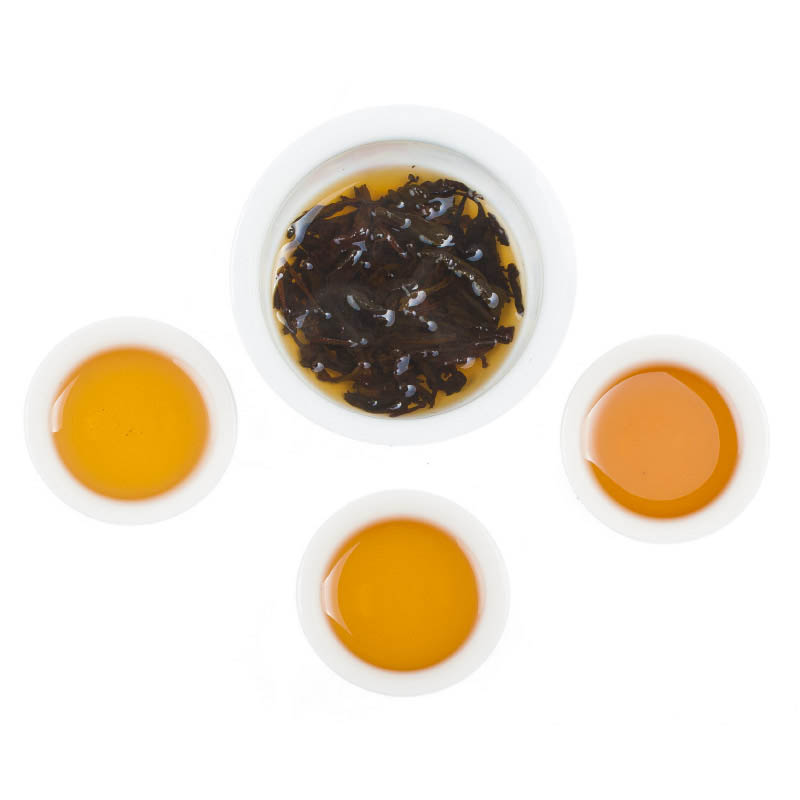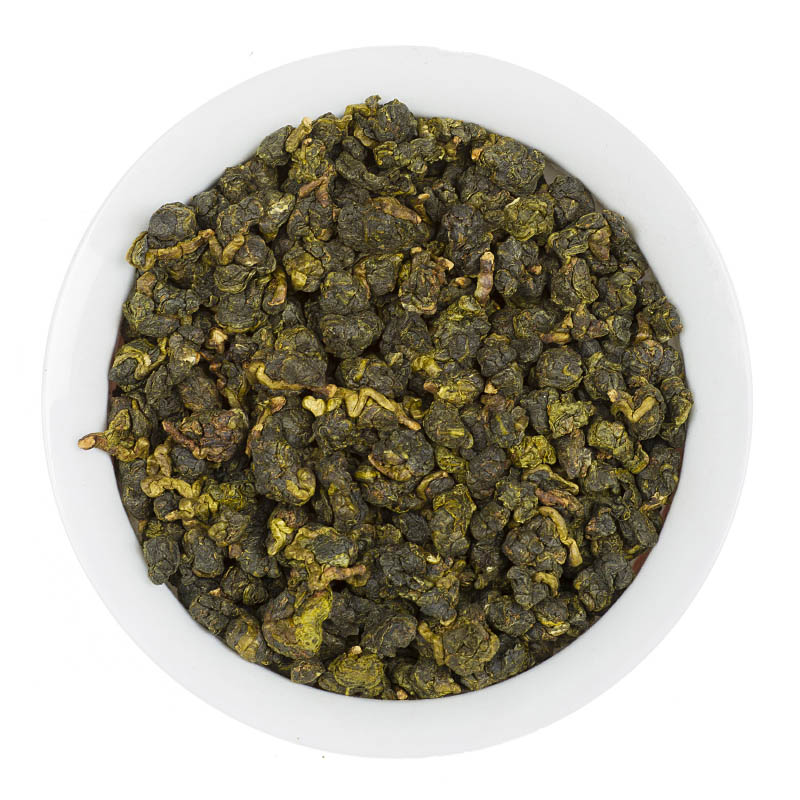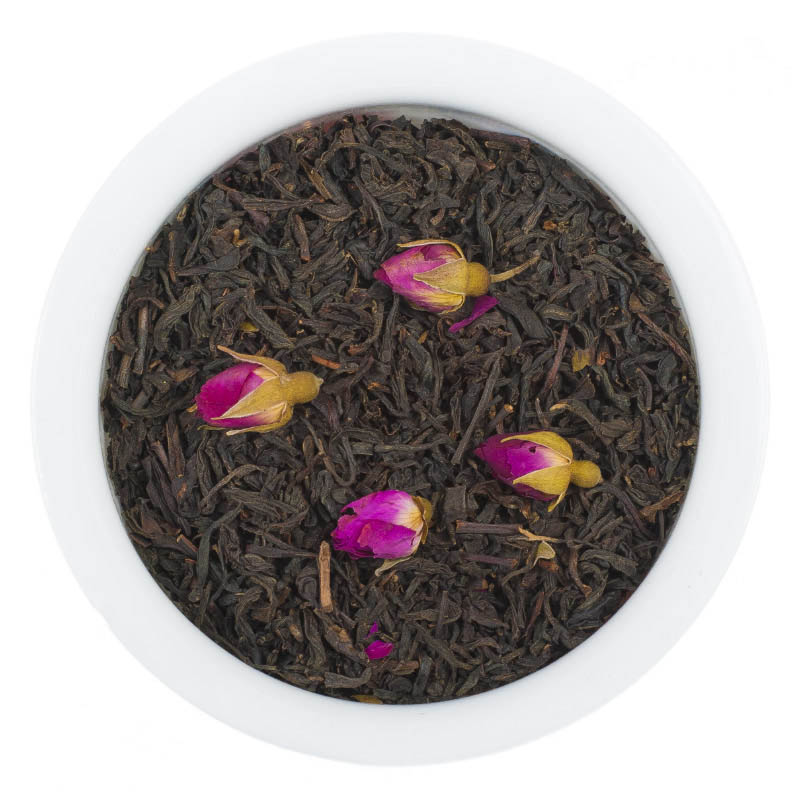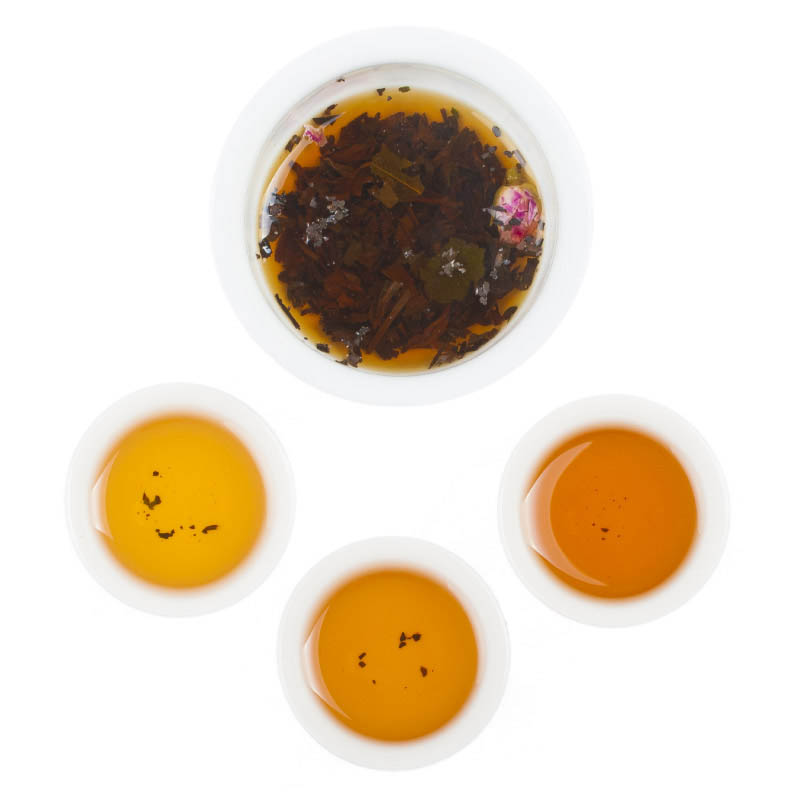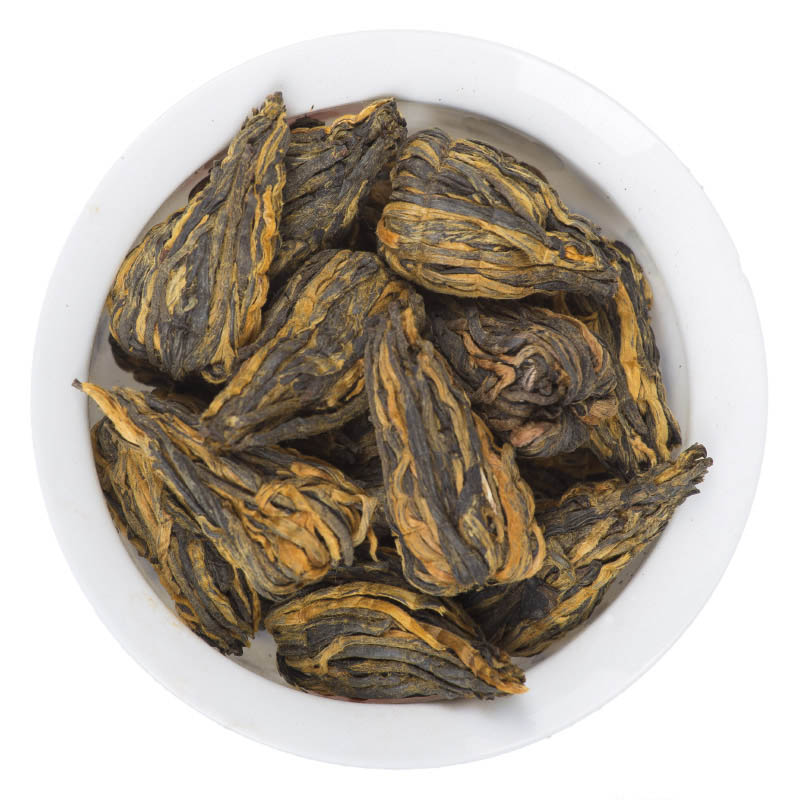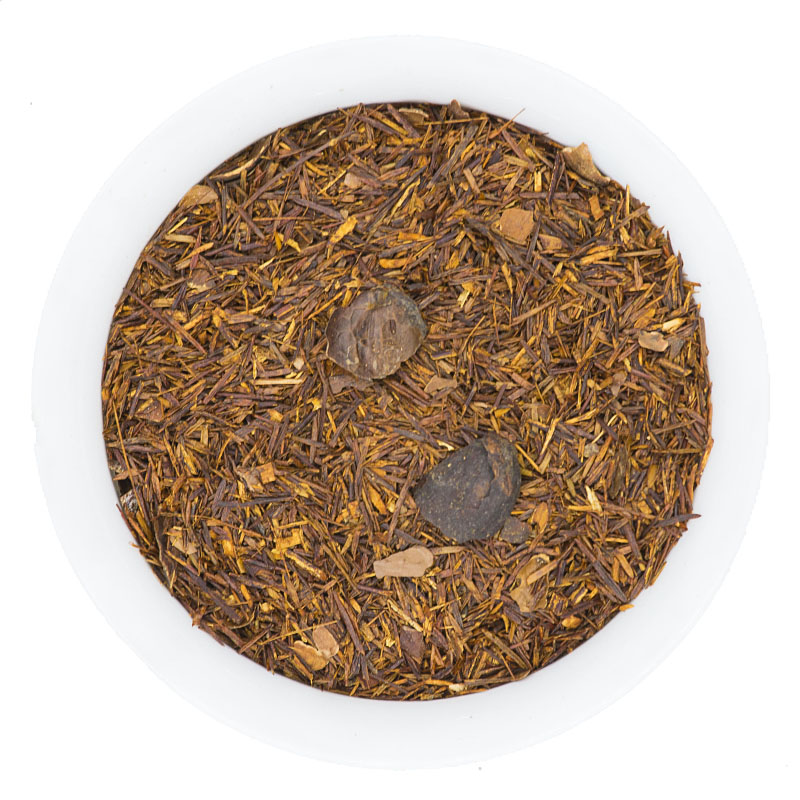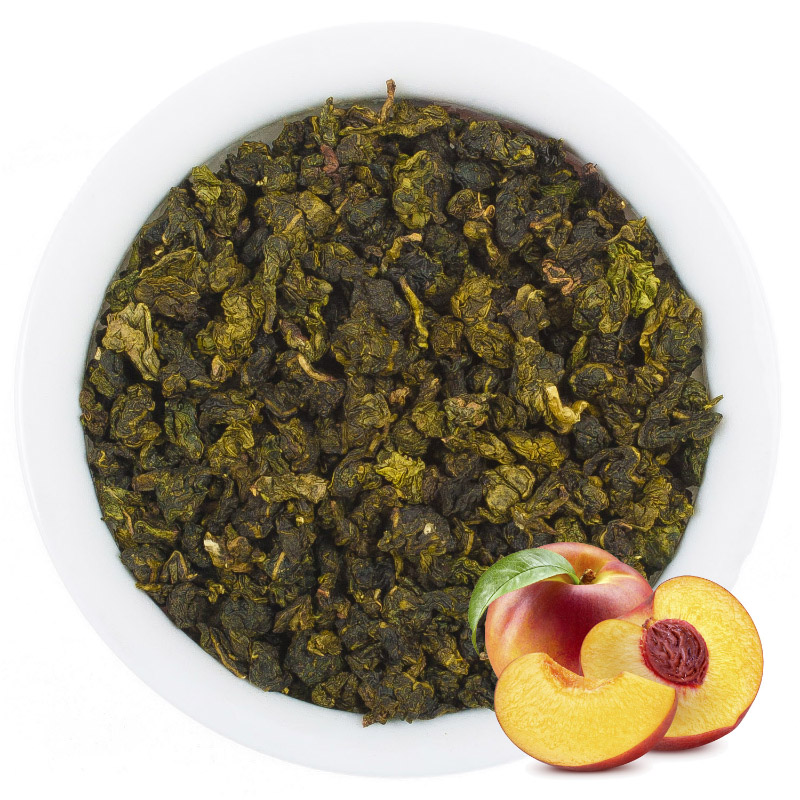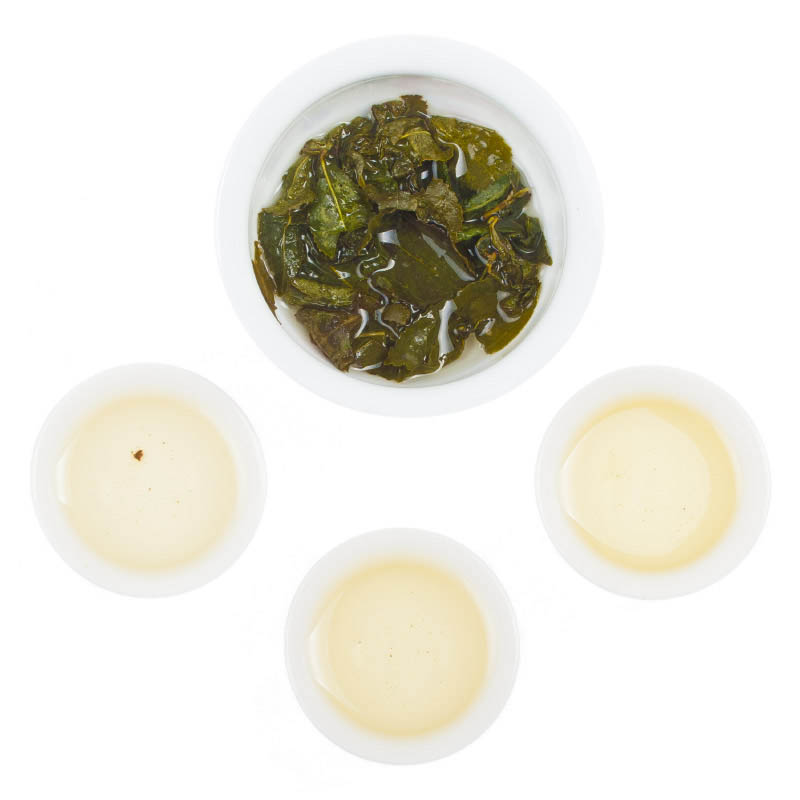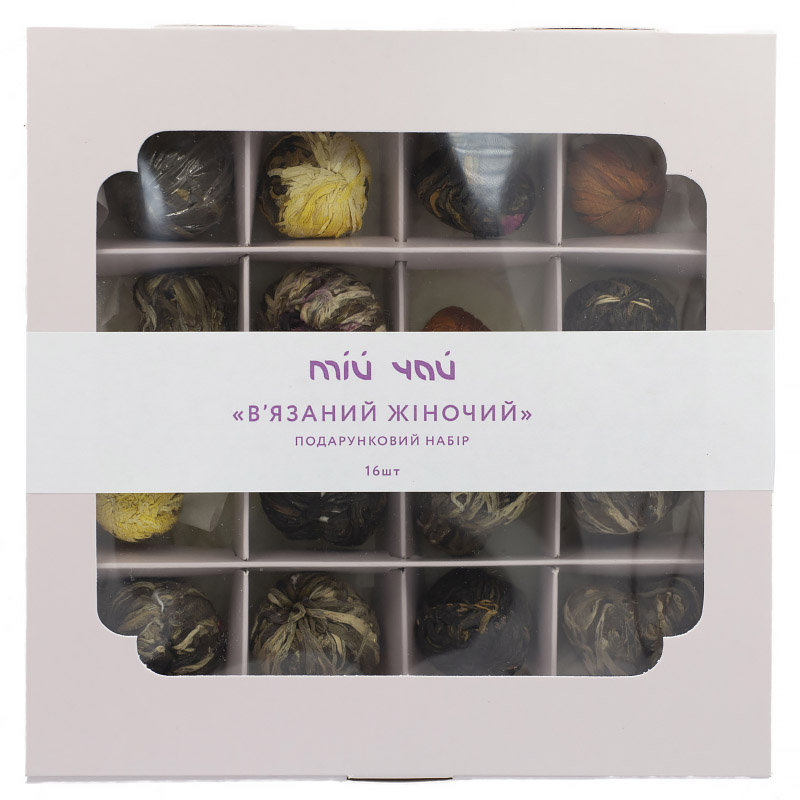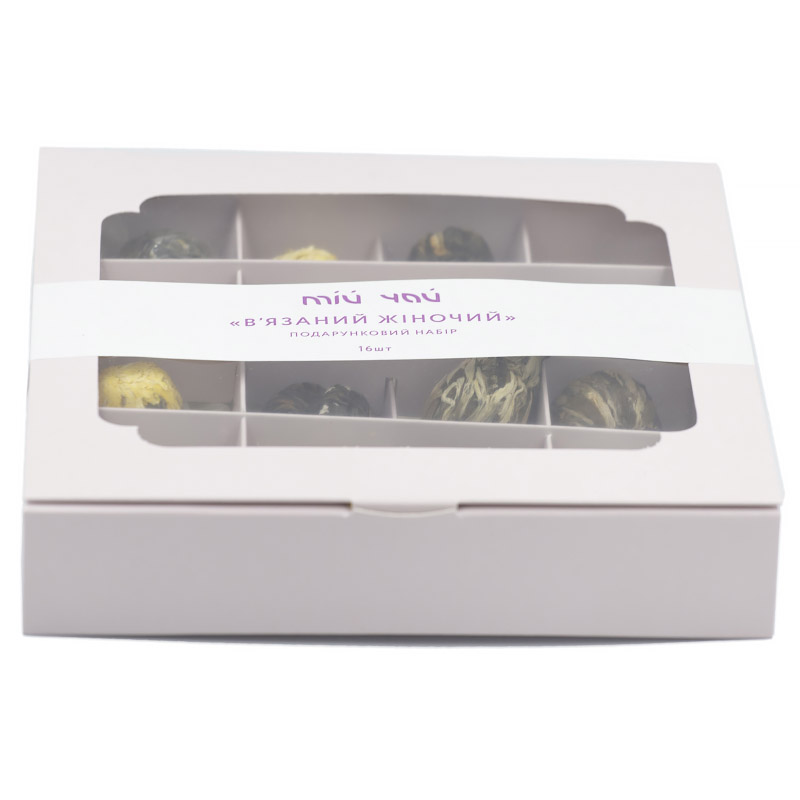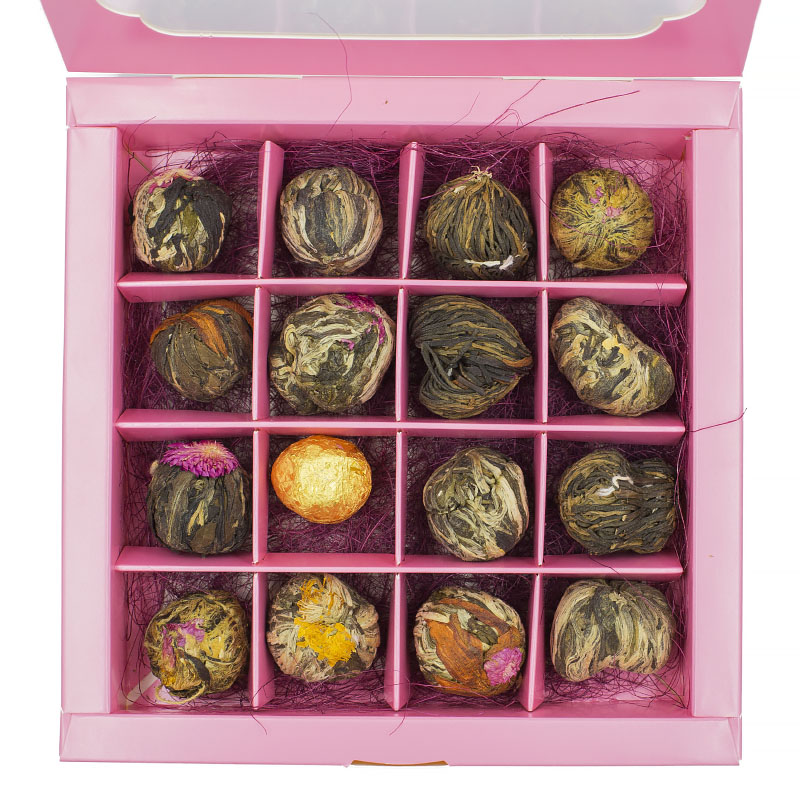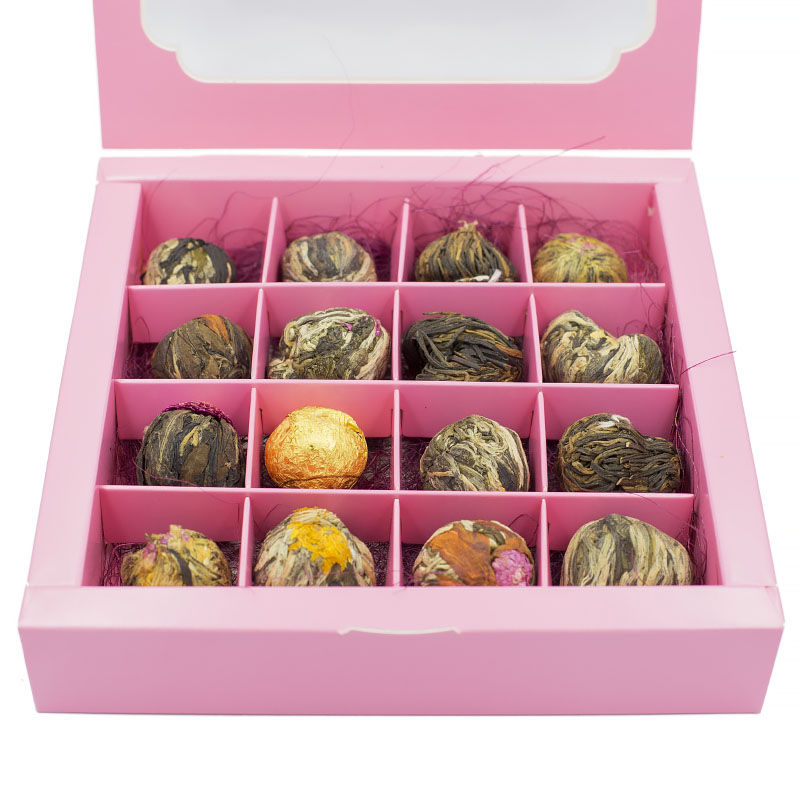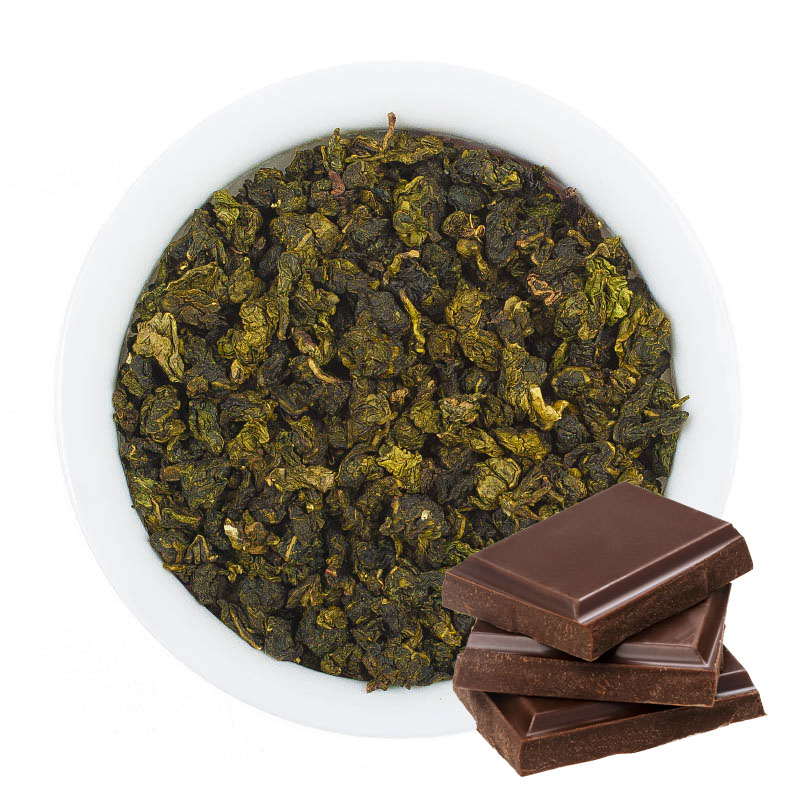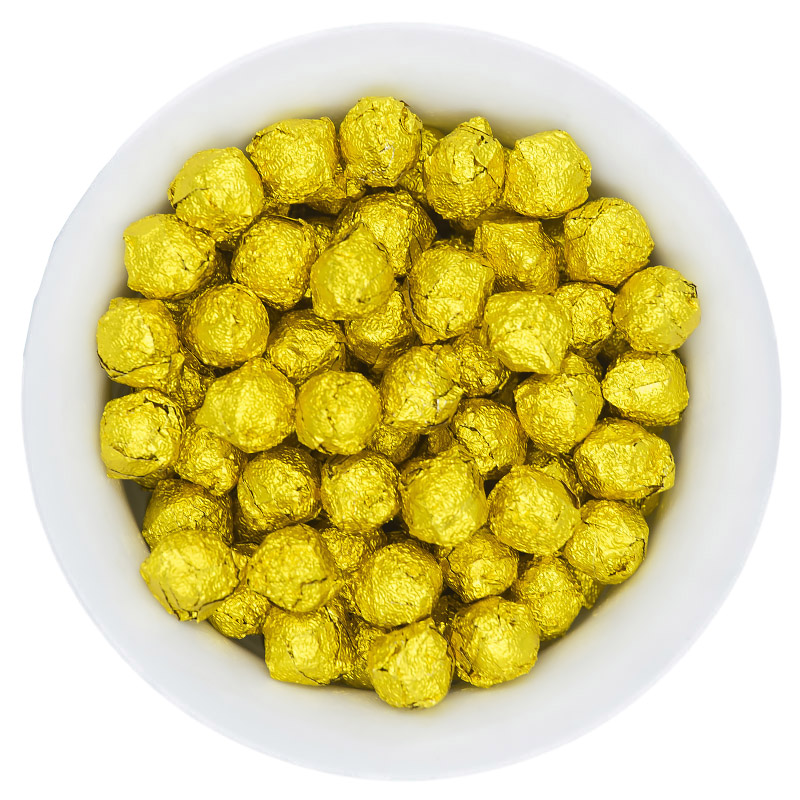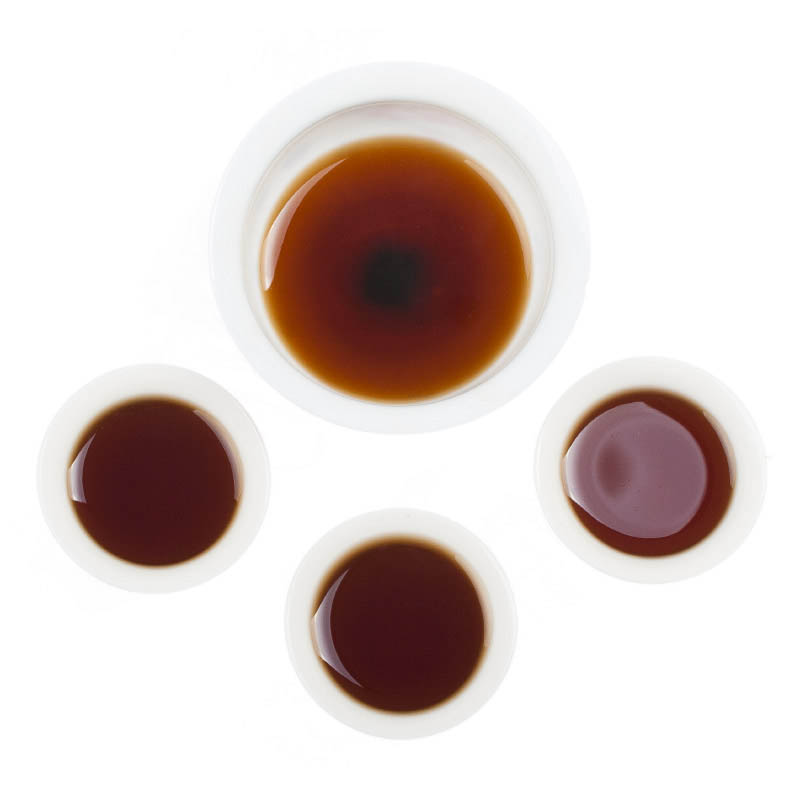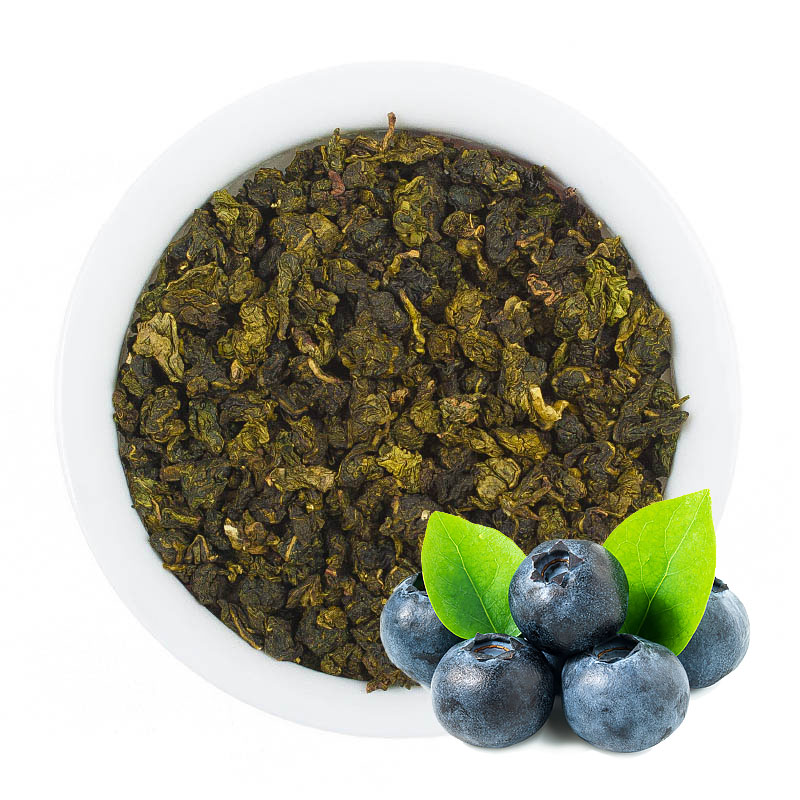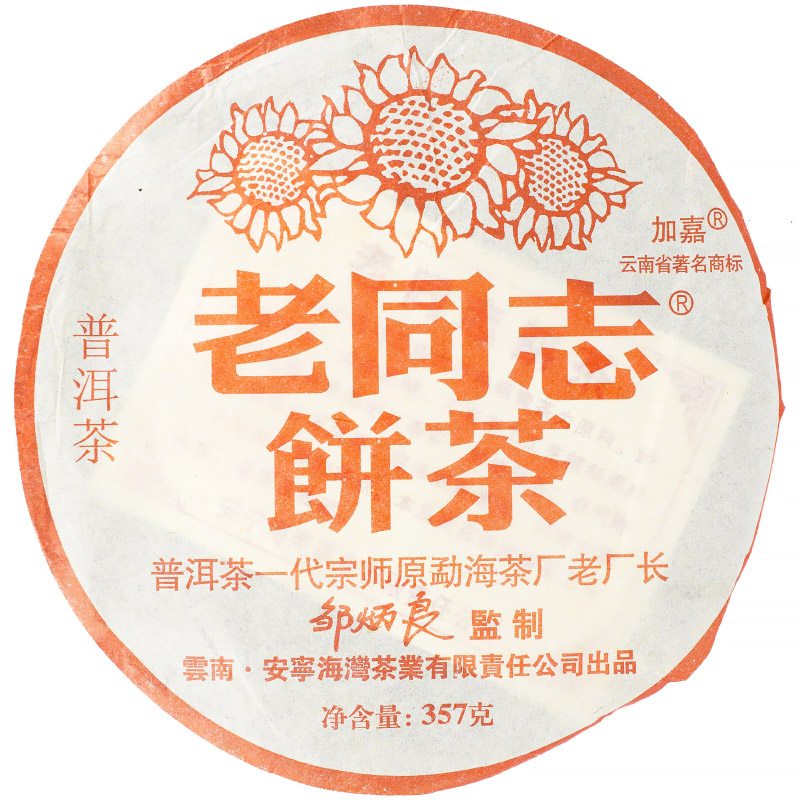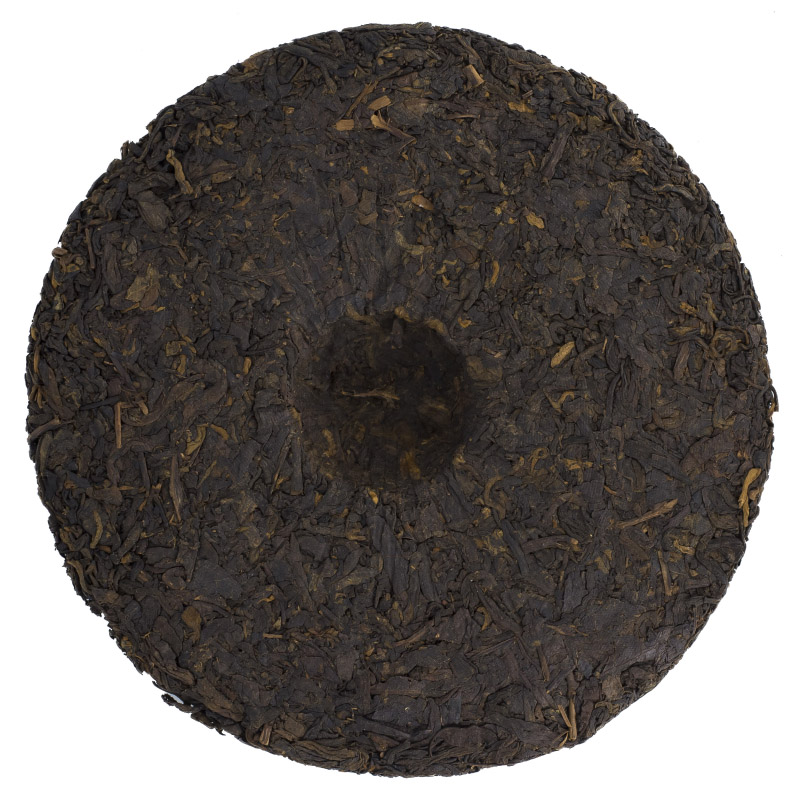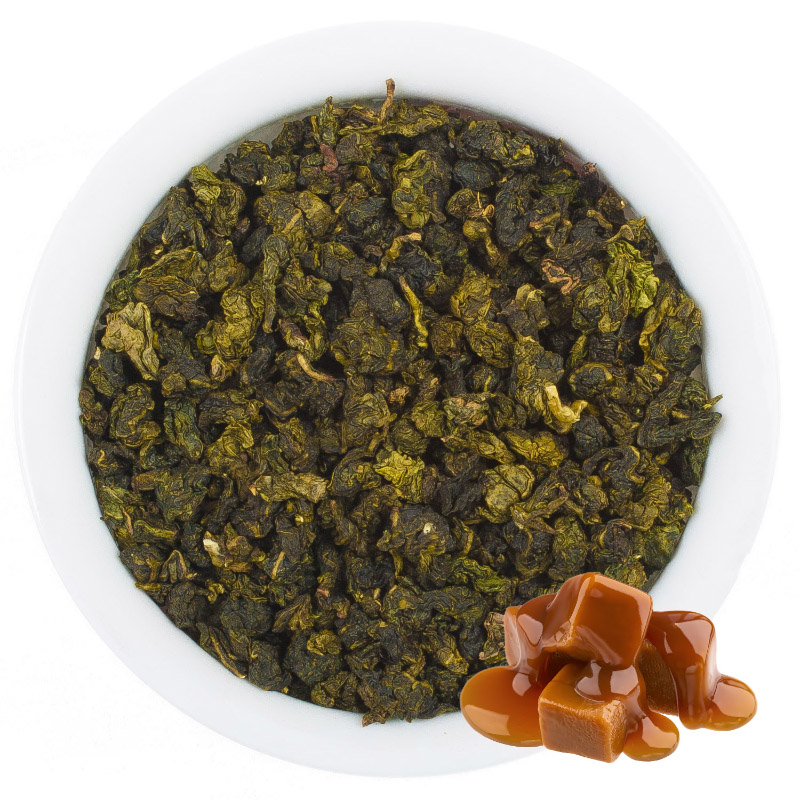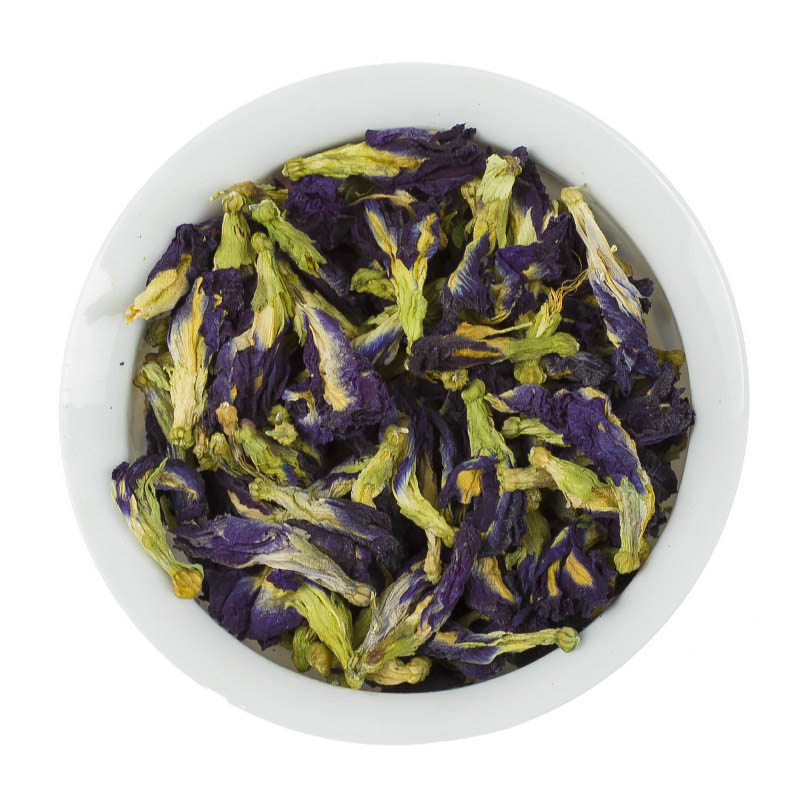Table of Contents
- Subtleties of Using Tea Infusions in Cooking
- Tea Leaves as an Ingredient in Various Dishes
- Tea-Based Desserts
- Other Culinary Uses of Tea
- Universal Applications of Tea
In ancient times, tea was not only a beverage but also food — as early as the 8th century, there are records of tea soup. Leaves were stewed with meat, fermented like cabbage, and used in a variety of dishes. Today, tea is making a comeback in the culinary world, adding antioxidants and nutrients to food. It has become trendy, and chefs are experimenting with both new and traditional tea-based recipes.
Subtleties of Using Tea Infusions in Cooking
Modern tea gastronomy uses the following techniques:
- Broths and sauces using black tea infusions. Ratio: 3 tsp of tea leaves to 2 cups of water. Let steep.
- Tea infusions combined with vinegar or oil make excellent salad dressings. Use ½ cup of tea per liter of liquid. Steep for one week in the fridge. For best results, use vinegar warmed to 60°C.
- Marinades for fish using pu-erh with Indian spices or Earl Grey with honey and lemon.
Ceylon tea is especially suitable, as it easily imparts flavor and color to the base.
Tea Leaves as an Ingredient in Various Dishes
- Japanese ochazuke bowl: undercooked rice, grilled salmon, seaweed strips, poured over with sencha tea.
- Salad of brewed young tea leaves with mackerel or tuna, sprinkled with sesame and soy sauce.
- Whitefish pairs well with tea — leaves can serve as a baking “bed,” or as a coating mixed with pepper and salt.
In French cuisine, tea leaves are steeped in hot cream to make sauces and desserts.
Tea-Based Desserts
- Jellies and sponge cakes made with strong red Shu Hong tea.
- Green tea tiramisu using matcha instead of coffee or cocoa.
- Ice creams with oolongs and tea sorbets.
Japanese pastry chefs are especially skilled in making tea-based sweets.
Other Culinary Uses of Tea
- Matcha: used for dusting pastries, added to panna cotta, ice cream, and tofu breading (with cornmeal).
- Rooibos with butter is ideal for frying vegetables like carrots or zucchini.
- Jasmine tea is used to marinate fish.
- Smoked Chinese tea (Lapsang Souchong) is perfect for marinating meat or vegetables.
- Japanese use brewed gyokuro leaves in salads.
Universal Applications of Tea
- Any tea you enjoy can be used in desserts.
- Ground tea works as a versatile seasoning for many dishes.
- Tea infusions can replace water in soups and porridges, giving them a unique aroma and taste — especially in Asian broths.
Tea is more than a beverage — it's a full-fledged culinary ingredient that opens the door to new flavors and creative cooking.
